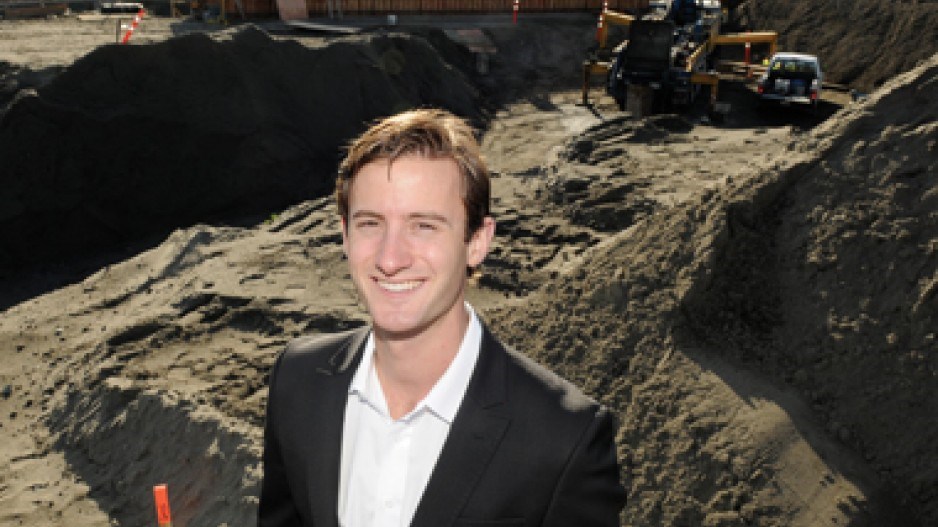The $1 billion South Fraser Perimeter Road (SFPR) is fuelling real-estate investment decisions and pushing down industrial vacancy rates one year before its scheduled fall 2013 completion date.
Avison Young noted earlier this year that industrial vacancy in Delta tightened to 7.5% in spring 2012 from 8.5% six months earlier.
"Delta's industrial vacancy rate has dropped below 7% as of today," Avison Young industrial broker Ryan Kerr told Business in Vancouver November 6.
"The SFPR is definitely spurring development in Delta south of the Fraser River, whereas typically in the past it was Annacis Island that was the strong market."
Kerr believes that industrial land users, such as Phoenix Glass, are also moving from Delta's Annacis Island across the bridge to Delta's Tilbury neighbourhood because the SFPR will significantly reduce traffic congestion in and out of Tilbury.
Spire Development Corp. president Lawrence Green agreed. He told BIV that he has counted 46 vacancies on Annacis Island where there are footprints between 2,000 square feet and 20,000 square feet.
"The vacancy rate on Annacis Island is incredibly high compared with past years," he said. "A large portion of that is because there are tenants who have moved to Delta [in Tilbury] to purchase strata units because the SFPR will reduce congestion."
Annacis Island's 1,253 acres are almost completely developed, which makes it difficult for industrial land users to find space to develop a new strata building.
For the past several years, industrial tenants have been switching from leasing to owning strata units.
Green chalks the trend up to the high cost of land and the increasing cost to build a self-contained 20,000-square-foot building on an acre of land.
"About five or six years ago, you could build your own freestanding building that was 20,000 square feet and it would make sense," he said. "Today, you can't make sense of doing that. You need that density and others to share expenses to make the development work."
The Beedie Group pioneered building industrial strata units more than five years ago, and the company has been active in the Tilbury district by building speculative developments such as phase 1 of the sold-out Tilbury West Corporate Centre. Avison Young said Beedie is now marketing phase 2 of that project.
Meanwhile, Buckingham Industries Ltd. has sold 11 of 13 two-acre lots in its Buckingham Industrial Estates business park.
At least one of those lots will house a strata industrial complex.
Peter Raju, who is best known as the founder and CEO of Canadian Duty Free, is developing the 51,000-square-foot, 11-strata-unit Buckingham Corporate Centre on the business park's westernmost lot.
Green believes that the SFPR's influence on development patterns will stretch far beyond Tilbury.
He sees the road spurring development in the South Westminster part of Surrey, where large companies such as Frito Lay Canada operate.
"There could be a transition from older, rough industrial buildings to more modern and beautiful tilt-up buildings, he said.
Deloitte Real Estate senior manager Jeff Ashton similarly sees a profound change in the client mix along the road as logistics and distribution companies arrive to join existing manufacturers.
"The area around the Tsawwassen First Nation (TFN) and Deltaport is the biggest beneficiary," he said.
"The TFN don't have industrial development there yet but they have 300 acres designated for industrial use, and I think that becomes much more viable as an industrial project because of the SFPR." •




